
Issue 041
September 2008
The Ultimate Fighter set Forrest Griffin on his journey to the UFC light heavyweight title, but it may also have saved (and made) the UFC.
Back in 2004, UFC owners Zuffa were deep in debt and North American MMA showed few signs of becoming an accepted ‘legitimate’ sport with any kind of financial viability. Seemingly out of sheer desperation, Zuffa cut a deal with male-targeted cable channel Spike TV for an MMA-based ‘reality’ TV show. With Zuffa paying the production costs for a show they really didn’t want (they were dying for a weekly, one hour fight show instead) and no long-term commitment on Spike’s part, this was a very risky proposition. Worse still, such shows had flooded the television schedules and industry experts were confidently predicting the ‘reality bubble’ was on the brink of spectacularly bursting. Many at the time foresaw abject failure for Zuffa’s new project.
The Ultimate Fighter (TUF) debuted in early 2005 and turned out to be a massive hit, and set the stage for the sport’s stunning expansion. What made the show such a success, and seven seasons and three and a half years later, why is TUF so in need of a major overhaul?
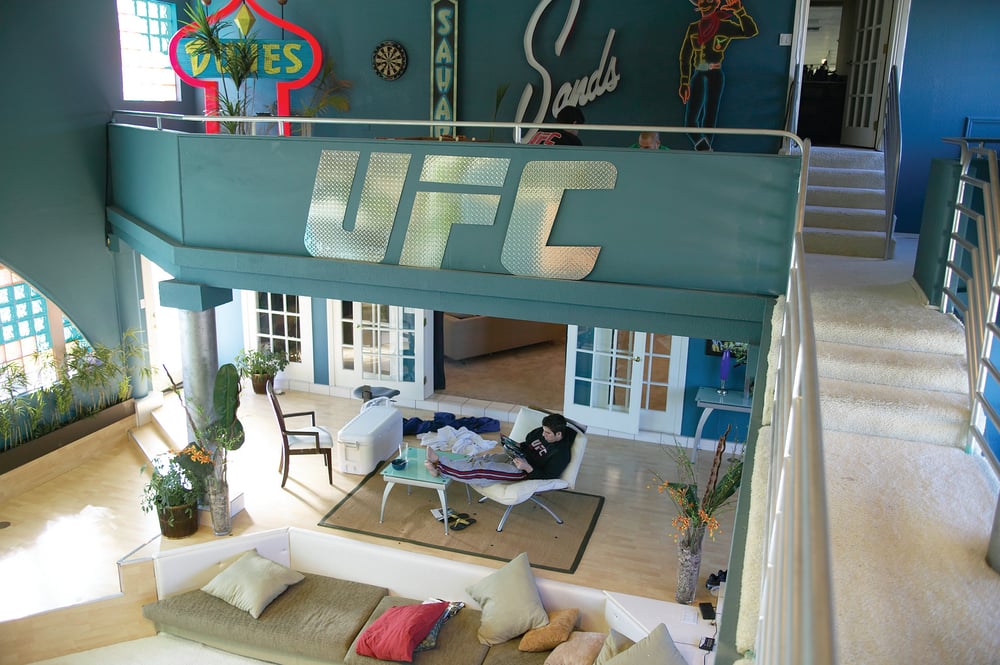
Seasons One to Three: The Rise of TUF
TUF1 achieved some solid ratings and the live Finale on 9 April 2005 did exceptionally well. Throwing in a little mathematical trickery, Zuffa could (almost) plausibly claim 10 million Americans witnessed Forrest Griffin and Stephan Bonnar’s visceral brawl. According to UFC boss Dana White, that fight literally sealed the deal on a new season, one in which Spike TV picked up the production costs. But the overall rating was greatly helped by the evening’s oft-forgotten main event, Rich Franklin’s predictable massacre of Ken Shamrock.

TUF itself would never have existed if not for WWE boss Vince McMahon (who at the time provided Spike TV’s highest-rated programming) giving his consent for TUF to air immediately after Monday Night Raw. Mistakenly feeling their audiences were completely separate, McMahon actually opened the floodgates to millions of pro wrestling fans being exposed to MMA.

As to the small matter of the show’s stated aim of producing new UFC stars, TUF1 did a great job. Griffin is now the UFC light heavyweight champion, Diego Sanchez and Josh Koscheck are both welterweight contenders while Kenny Florian, Chris Leben and more have also made their mark.
Ratings fell some 12.5% for TUF 2 which started the August following the first series. This was partly due to Monday Night Raw’s move to the USA network, depriving TUF of strong lead-in programming, and partly because the concept was no longer so novel and the characters just weren’t as entertaining.

Airing in April 2006, TUF 3 was a gigantic success. Ratings leapt over 21%, aided by a blend of over-the-top characters, soap opera situations, increasingly confident editing and storytelling. There was the small matter of a very talented crew of fighters and the bitter rivalry of coaches Tito Ortiz and Ken Shamrock too.

It is also worth noting that each of the first three seasons produced at least one truly classic fight at the live finale. Griffin-Bonnar set the stage, while season two saw Rashad Evans’s bar room brawl with Brad Imes. Kendall Grove’s fantastic back and fore fight with Ed Herman brilliantly capped-off the third season.
Seasons Four to Seven: The Decline of TUF
Sadly, things changed with August 2006 and the debut of TUF 4. The ratings nose-dived a whopping 29.4% (with a terrifying 31% in the key demographic of 18-34-year-old males). Why the sudden fall? The show was packed with quality fighters – every one of them a UFC veteran on the comeback trail.

Unfortunately the more experienced, professional fighters just weren’t as entertaining in the house as their younger counterparts in previous seasons. The overall ratings stayed exactly the same for 2007’s TUF 5, though there was another huge drop-off in the 18-34 audience, this time of a full 20%. The lack of ratings success is odd - the lightweight-focused fifth season remains one of the most enjoyable and entertaining of the entire run.
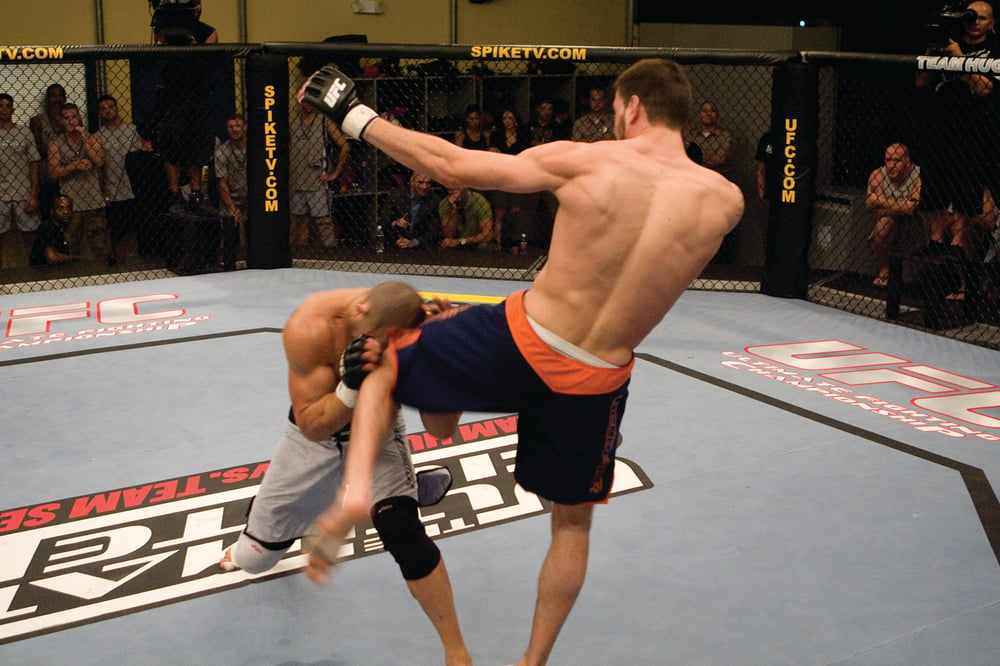
Starting in September 2007, TUF 6 was the least watched of all, falling a little over 8%, and while 2008’s TUF 7 rebounded a little among the 18-34s, it still provided the lowest-rated season debut in the show’s history. That was particularly scary as each season’s debut episode has traditionally been one of its most successful.
Even the more recent live finales have tended to lack those classic fights of the earlier seasons. Only the TUF 6 finale from 8 December 2007 stands out as headliners Roger Huerta and Clay Guida put on a master class of furious fighting in a contender for Fight of the Year.
What’s Wrong With TUF?
So why the decline in ratings, and for seasoned TUF-watchers, the overall feeling of seen-it-all-before apathy? There seem to be two major reasons. The first is that we have, almost literally, seen it all before. There’s only so many differently idiotic situations even the drunkest fighters can get themselves into, and only so many times they can trash the house.
TUF 7’s utterly pointless house-destruction caused some $70,000 in damage, but played no part in any compelling storyline or entertainment. The format is increasingly stale and after pumping out two seasons every year, there’s little that’s new, exciting or too good to miss. Hardcore fans are watching because they’re hardcore fans, or they are simply tuning-in out of habit. The all-important casual audience that needs to be hooked seems to have wandered off in search of their next TV fix.

Secondly, TUF has been a victim of its own success. As the MMA scene has expanded, more and more people have started promoting shows, securing TV deals and signing fighters to exclusive contracts. The effect of this is twofold. For starters, MMA just isn’t that much of a novelty on TV anymore – TUF isn’t as special as it once was and those high quality but little-known fighters who were available for earlier seasons aren’t out there anymore. They’ve either inked deals with the likes of EliteXC, Strikeforce, Adrenaline or even the UFC itself (as it looks to fill its seemingly ever-expanding schedule of shows).
TUF also suffers because the deeper the producers have to scour the talent pool, the more stagnant the waters seem to be. Just look at TUF 7, where eventual winner Amir Sadollah had never had a professional fight and the mediocre Matt Brown was viewed as a terrifying prospect. Compare that to other winners like Diego Sanchez (11-0 entering the house), Michael Bisping (10-0) or Mac Danzig (16-4-1). The weaker the fighters the less chance even the winners have of making it to the end of their three-year, six-figure contracts. Even TUF 3 winner Kendall Grove was on the brink of being cut if he lost to Evan Tanner in June. Already 27 years old, how much time will Amir Sadollah really have to improve and develop enough to justify both his price tag and the expectations so many fans heap on a TUF winner? It’s simply unrealistic to expect fans to get behind the TUF graduates when week in, week out they get to see much better, more experienced fighters.
Season Eight and Beyond
If TUF isn’t developing quality fighters, isn’t providing the necessary entertainment and ratings have dropped considerably, what is it actually for these days? Most TV shows creatively run out of steam long before their loyal audience abandons them and the network sees sense and finally pulls the plug. But TUF is safe for a while yet. Just last year, Zuffa signed a $100 million deal with Spike TV that will keep them on the network until 2011 with at least a few more seasons of the flagship show.
TUF 8 begins in mid-September, featuring lightweights and light heavyweights coached by Frank Mir and interim UFC heavyweight champion Antonio Rodrigo Nogueira. As he seemingly does before every season, Dana White has been hyping this one up as something truly special. Those of us who have stuck with the show will just have to wait and see if that’s more than just promotional hype.
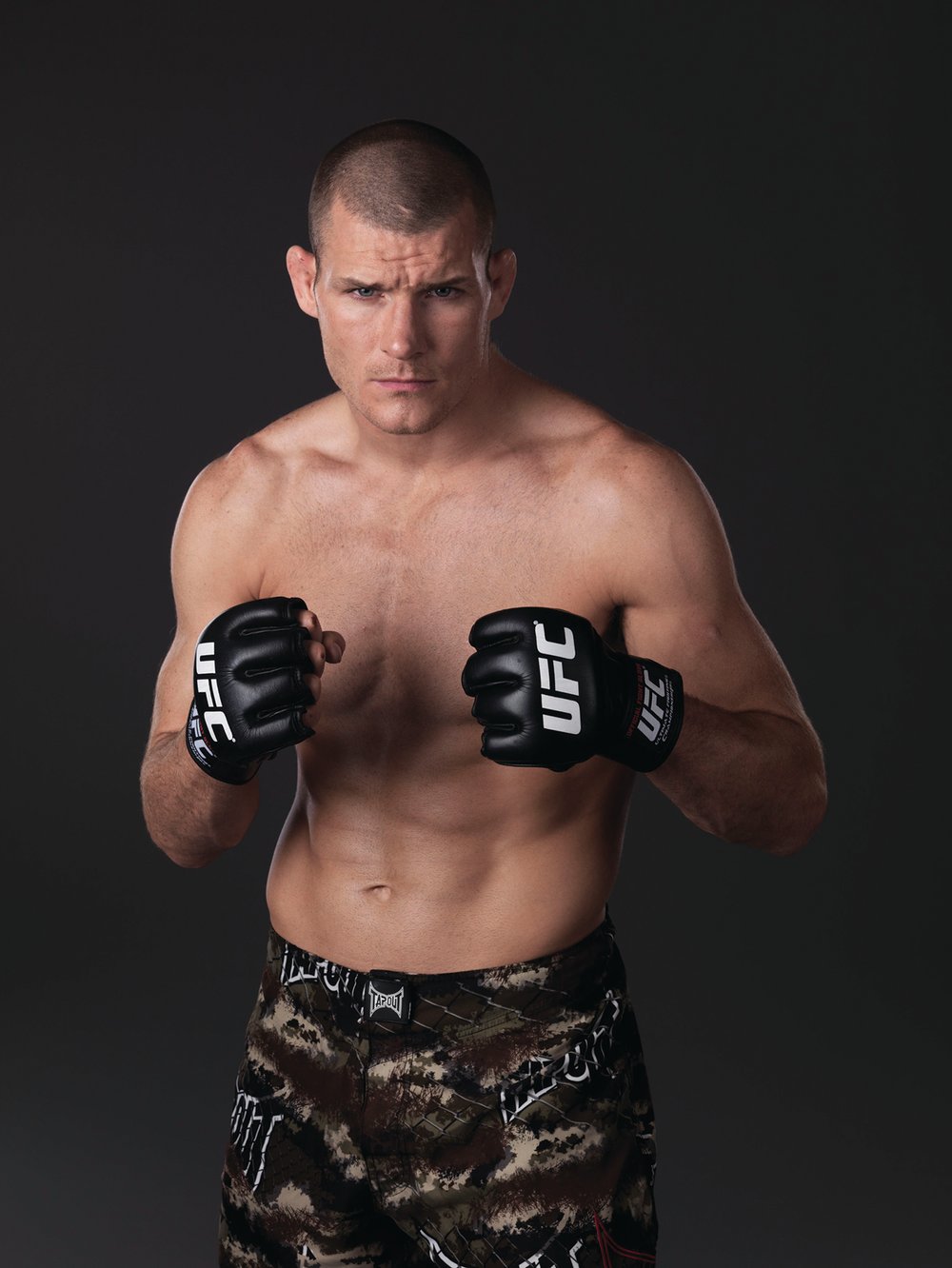
TUF By The Numbers
300,000 Maximum amount in dollars a TUF contract winner can earn in fight purses via the three-year contract.
70,000 Dollar value of damage caused to the house in TUF 7
118 Contestants spending at least one night in the house
94 Fighters with at least one post-TUF UFC fight on their records (as of June 2008)
84 Number of weekly episodes of TUF to date
32 Number of fighters who fought in the first two episodes of TUF 7
17 Number of fighters to ‘main event’ at least one UFC show (not including TUF Finales)
4 Number of TUF contestants to have challenged for a UFC title
2 Number of TUF contestants to have won a UFC title
The Bluffer’s Guide to The Ultimate Fighter
Not enough time in your life to go back and relive previous seasons? Not.to worry, our quick guide will get you up to speed.
Season 1
The original, and in terms of producing major stars, still the best. Witness the national emergence of current UFC stars Forrest Griffin, Diego Sanchez, Josh Koscheck, Kenny Florian and Chris Leben. This sport-transforming season remains a piece of very important MMA history.

Season 2
With an arguably deeper talent pool than season one, the second featured the likes of Joe Stevenson, Marcus Davis, Melvin Guillard, Luke Cummo, Keith Jardine and Rashad Evans. It also showcased the coaching talents and peculiar worldview of Matt Hughes. Sadly, half the episodes (those focused on the heavyweights) suffered from a serious lack of action or entertainment.

Season 3
With plenty of talent on display in Michael Bisping, Matt Hamill, Kendall Grove and Ed Herman, some enjoyable fights and house-based hi-jinks, season three was exceptionally entertaining. But TUF3s true genius was in exploiting the bitter onscreen feud between coaches Ken Shamrock and Tito Ortiz for weekly entertainment and, in their climactic pay per view clash, huge amounts of cash.
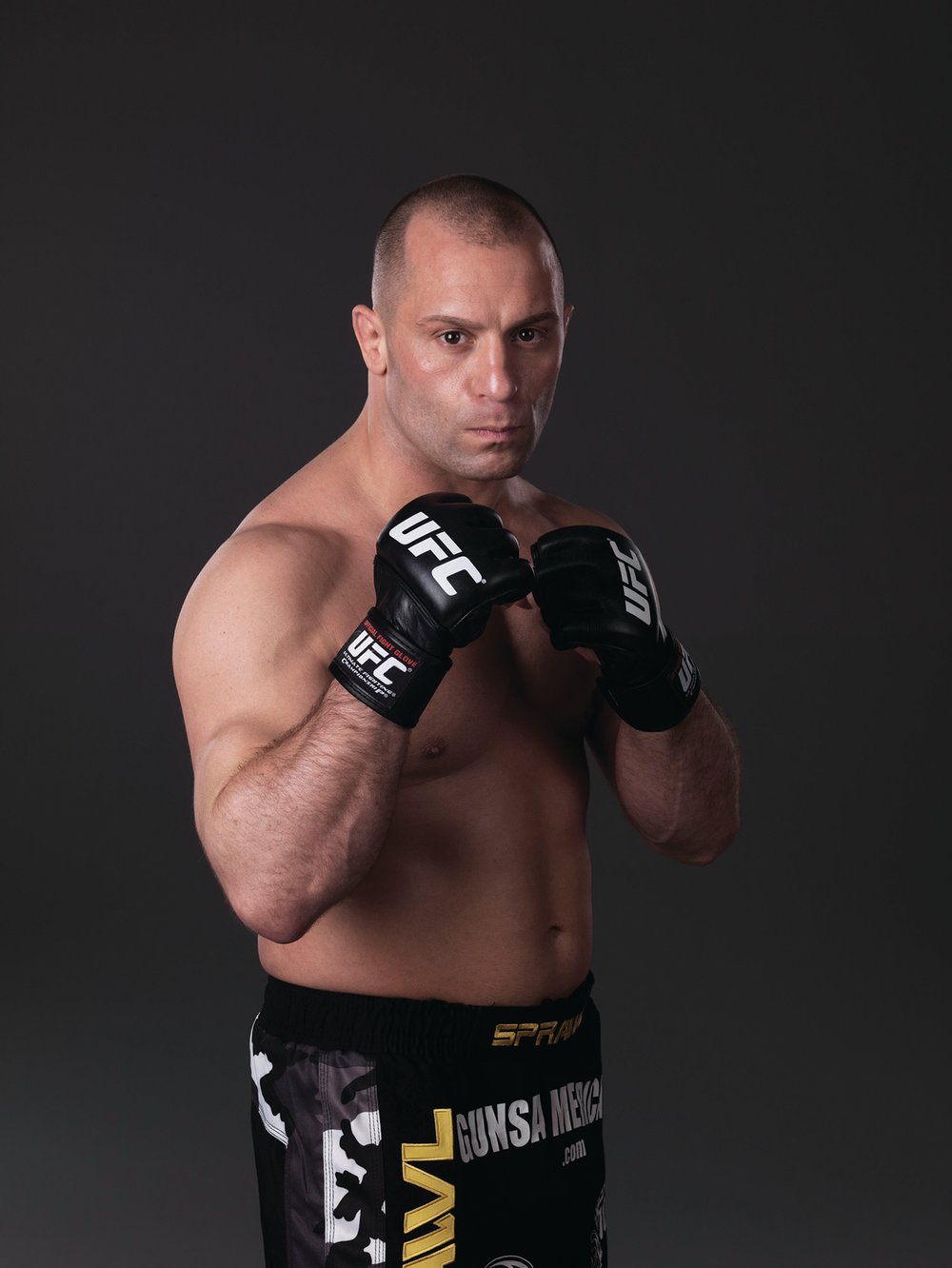
Season 4
Shaking things up seemed like a good idea on paper, as did filling the house with UFC veterans on the comeback trail. Sometimes things just don’t work out. An insipid season highlighted only by the personalities of Shonie Carter and Matt Serra, this was twelve weeks of interminable boredom.

Season 5
This all-lightweight season is an absolute must-see, stuffed with talented fighters like Nate Diaz, Gray Maynard, Cole Miller and Manny Gamburyan along with unforgettable characters like Gabe Ruediger, Andy Wang and Corey Hill. Throw in the rivalry between coaches BJ Penn and Jens Pulver and this is the one season that demands to be watched again and again.
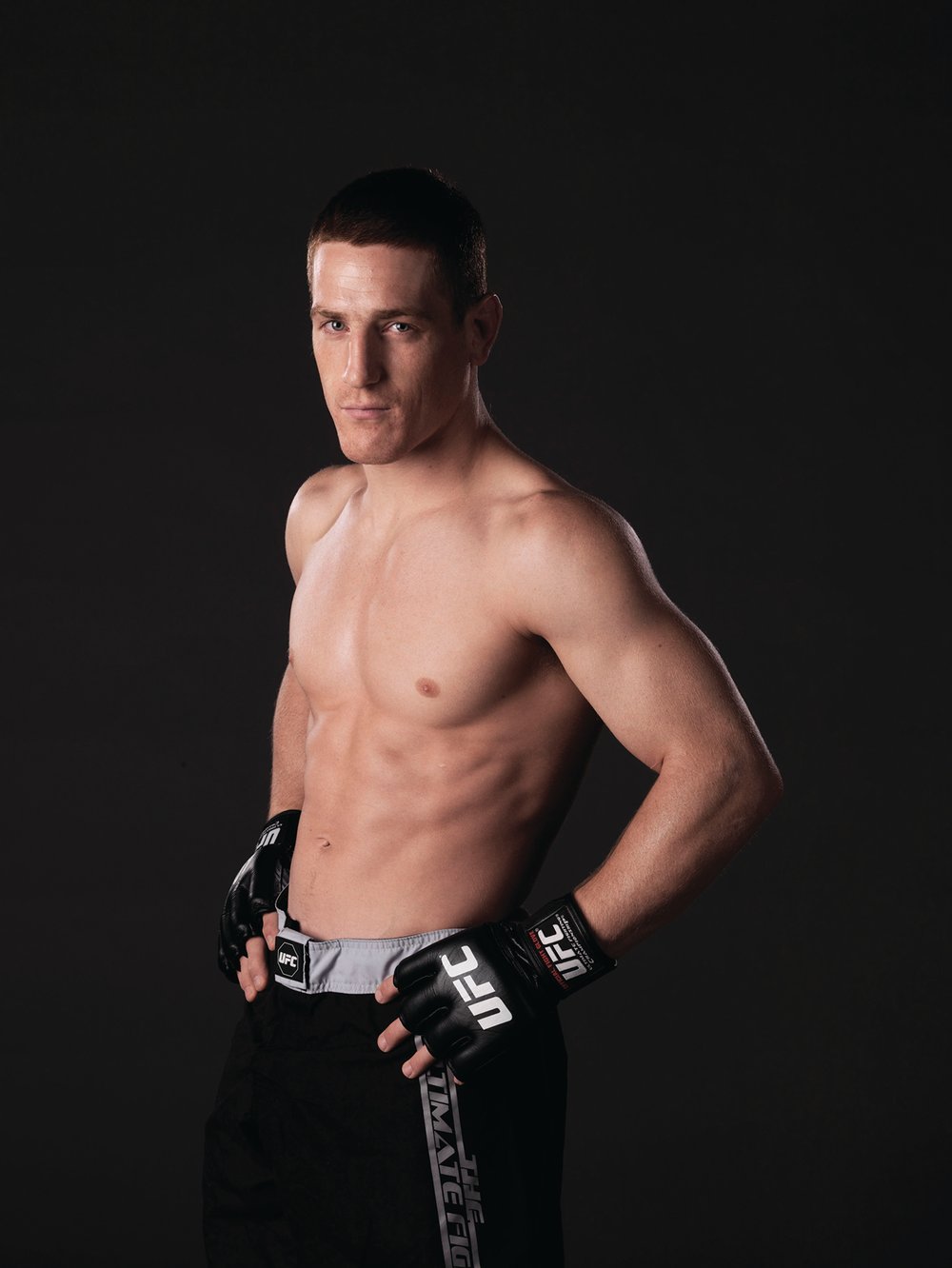
Season 6
The shallowest talent pool so far saw almost everyone pick Mac Danzig to walk through the meagre opposition en route to the winner’s contract, and he did just that in the most predictable season so far. Thankfully, coaches Matt Hughes and Matt Serra did an incredible job of making this weekly parade of mediocrity into surprisingly decent entertainment.
Season 7
The breaking point for many long-time TUF fans, this featured by far the weakest crew of fighters yet and even managed to make ultra-charismatic coaches Forrest Griffin and Quinton Jackson seem amusing if ultimately uninteresting. A huge and mostly boring disappointment despite one or two extremely isolated highlights.
To purchase the full series on DVD visit: www.fightdvd.co.uk
Check www.setanta.com for viewing times in the UK and Ireland.










